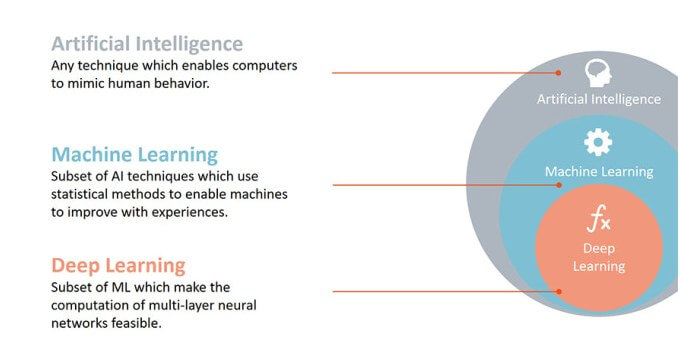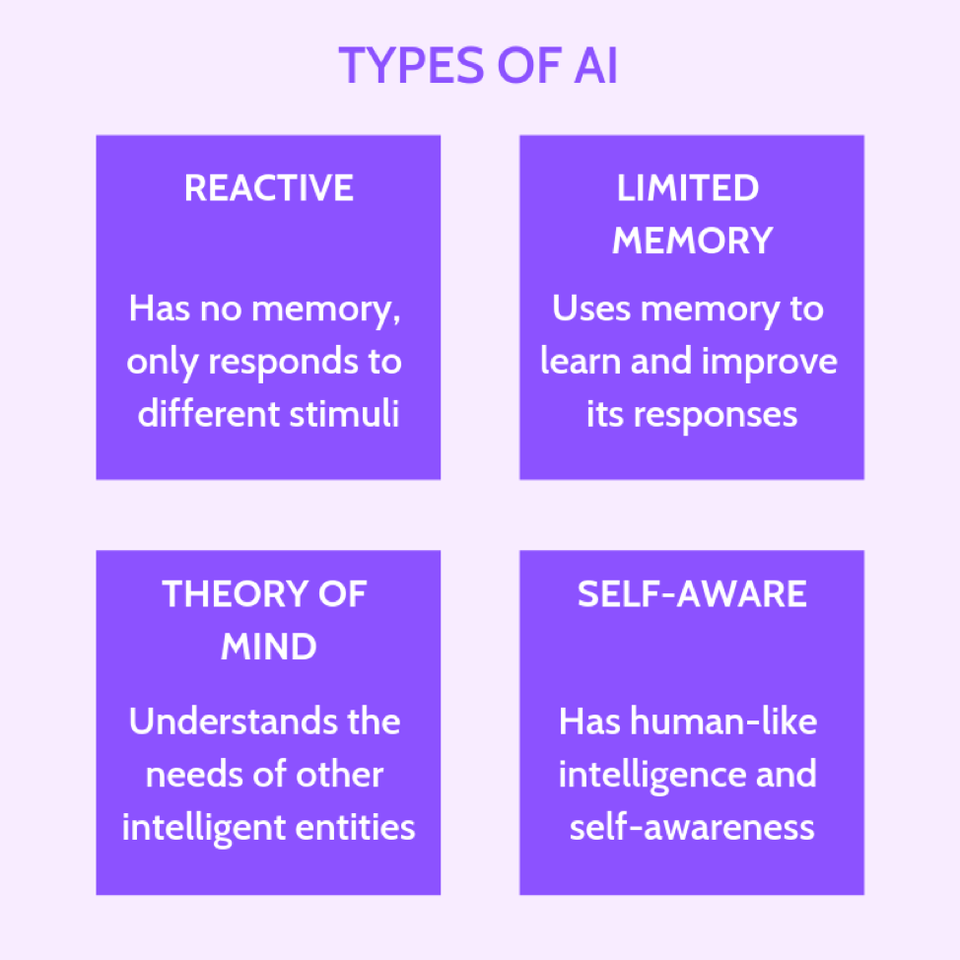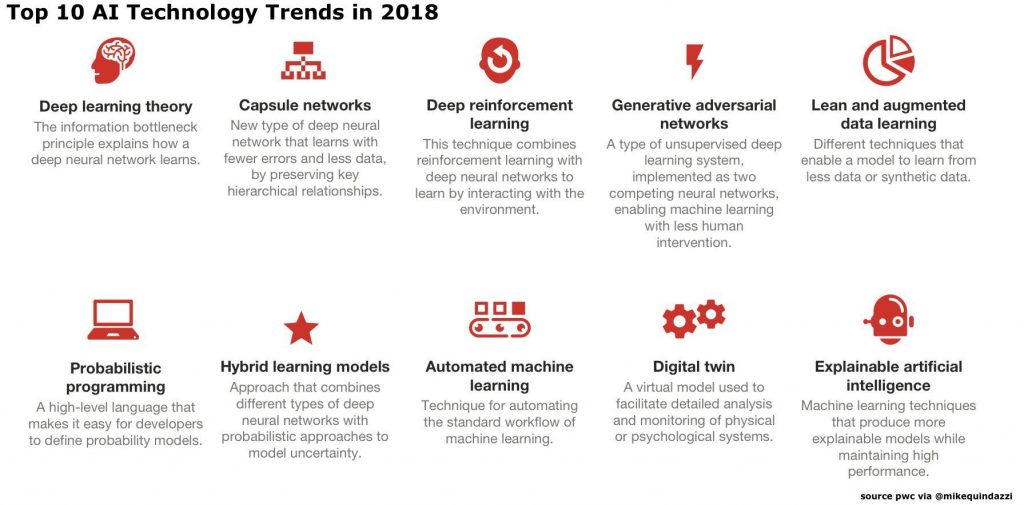Did you know that the system powering your browser is a form of artificial intelligence? Siri and Alexa are products of artificial intelligence. Whether you like it or not, most modern technology uses AI.
Understanding artificial intelligence is crucial in harnessing its potential. Learn more about artificial intelligence, what it is, its types, and examples here.
What Is Artificial Intelligence?
According to the Britannica Encyclopedia, artificial intelligence or AI is the capability of a computer to perform tasks which are similar to the tasks that intelligent beings do.
Meanwhile, the Merriam-Webster dictionary defines AI is a branch of computer science that deals with having computers simulate intelligent behavior.
We can infer one thing from these definitions. Artificial intelligence is the ability of a machine to imitate what an intelligent human person like you and me can do. Depending on the industry where AI is implemented, it powers various systems that think and act exactly like humans.
The Opposing Views on Artificial Intelligence
Many individuals have a positive stance on the development of artificial intelligence for use in various industries. However, some are worred about AI’s potential risks. One of them is Stephen Hawking who once said on the Independent that AI can wipe out the entire human race if it gets too clever. Another one of these individuals is tech giant Elon Musk. He also told the Independent that AI may get into the hands of powerful people who will use it to destroy humanity.
While this is only speculation, these concerns are worth considering. But only time can tell what AI will bring to humanity in the future.
Types of Artificial Intelligence and Their Examples
There are 4 main types of artificial intelligence:
Type 1 – Reactive Machines
These are the most basic type of AI. This type of AI only reacts to an existing situation, hence the name. It cannot form any kind of memory nor use past experiences to make present decisions. It only functions within the simple tasks it is programmed for.
One great example of a reactive machine is Deep Blue This IBM chess computer was able to defeat Garry Kasparov, a Russian chess grandmaster with a score of 3 ½ to 2 ½. The series of games was held from 1996 to 1997.
Deep Blue was programmed to identify a chessboard, different chess pieces, and the specific function of each piece. At the same time, its main goal was to defeat a human opponent. This clearly shows its reactive capability.
Type 2 – Limited Memory
The next type of AI is limited memory. Unlike reactive machines, limited memory makes use of past data to make decisions in the present. Observational data is pre-programmed to the system which the AI can use when a specific situation arises.
The best example of the limited memory type of AI is a self-driving vehicle. This is a vehicle that solely relies on observational data to drive through a path. There is no human involvement. A self-driving vehicle observes, detects, and analyzes patterns on its surroundings, especially when human-driven cars are around. The vehicle uses these observations to make the necessary adjustments as it moves.
Type 3 – Theory of Mind
Theory of mind is the third type of AI. In this type, robots have the ability to make decisions similar to a human. This mimics the emotions, behaviors, and thoughts of a human person.
Theory of mind obtains information from people. It uses that information to know how to interact and communicate properly to people in different situations. Done well, this enables computers or machines to provide the right response to a specific scenario.
Probably the best example of this theory of mind type of AI is a humanoid robot. The most recent one would be Sophia by Hanson Robotics Just like a human being, Sophia detect facial expressions and makes responses to questions and statements.
But while “she” recognizes and responds to facial expressions, she cannot engage in full conversations with actual people. This is one limitation that the theory of mind type considers as a roadblock.
Type 4 – Self-Awareness
Self-awareness is the last type of artificial intelligence. With this type of AI, the machine already has a level of consciousness similar to that of a human being. While many are still attempting to achieve this type of AI it does not exist as of this time.
This type of AI aims to have its own understanding of its own feelings. At the same time, it will have its own desires and will think for itself. In other words, it will function as a human being.
While the thought may seem a bit scary or fascinating, it is not a far-fetched idea. Bringing this type of AI into existence will be a huge milestone for artificial intelligence.
Different AI Technologies
Some technologies today have artificial intelligence as their foundation. These include the following:
1 – Natural Language Processing
This is a technology where the software manipulates text, speech, and other natural languages automatically. Artificial intelligence crawls through certain texts and processes them accordingly.
One great example of this is spam detection in email. The AI that your email provider uses detects spam messages in your email. It then separates it from other important email messages.
2 – Robotics
Robotics is an engineering field that focuses on designing and manufacturing robots. These robots are programmed to perform tasks that are impossible, difficult, or dangerous for humans to do. One example is the use of robotics in the car assembly line. Instead of humans lifting heavy car parts, robotic equipment can do the job. This helps ensure safety and efficiency.
3 – Aviation
Have you heard about auto-pilot? This is the result of artificial intelligence technology that focuses on the field of aviation.
4 – Machine Learning
Machine learning is an interesting technology. The machine’s objectives are already pre-programmed, but it still has to learn the steps on how to achieve them. This means that the technology does not rely on codes or specifying details to operate.
Source: pinterest
Artificial Intelligence in Web Design
AI or artificial intelligence has definitely taken the different sectors and industries by storm. Even the field of web design has to take this into consideration. Search engine optimization is also an area that artificial intelligence has a strong grip on.
Google makes use of artificial intelligence to crawl the web for keywords. It also uses a particular form of AI to rank websites according to relevance and quality. If you want your website to have higher rankings, you definitely need to consider how Google and AI work.
Conclusion
Artificial intelligence is already around us. As long as the purpose is clearly for good use, AI will become a useful tool in improving our daily life. We may have no idea where AI can go from this time. Yet we cannot deny the fact that it already has shown us a lot of its capabilities.
What’s your take on AI and its potential? How has it affected your own daily experience? Share your thoughts in the comments.



